This is my detailed review of the Asus ROG Strix G15 2022 series, their everyday all-purpose/gaming laptop built on AMD Ryzen and Nvidia RTX hardware for this generation.
The ROG Strix G15/G17 series is Asus’s mid-range lineup of performance and gaming laptops, pretty much their best-value mix of features, performance, and pricing.
These laptops are full-size formats with powerful hardware inside, so not focused on portability. They’re also a slightly trimmed variation of the top-tier Strix Scar 15/Scar 17 series, with some changes in aesthetics, IO, and configuration options, but similar in overall format, functionality, and capabilities.
For the 2022 generation, the ROG Strix lineup is where Asus offers the latest AMD and Nvidia hardware platforms, as the Scar 2022 is an Intel-exclusive implementation now.
In this article, we’re going over the mid-upper Asus ROG Strix G15 G513RW configuration, which pairs an AMD Ryzen 9 6900HX processor with 16 GB of DDR5 memory, an RTX 3070Ti graphics chip (with a MUX), and a QHD fast and high-gamut display. This configuration is pretty much the sweet spot for the 2022 Strix G15 series, and what I expect many of you interested in a high-performance AMD ROG laptop to be looking at.
You’ll find all my impressions down below, with the positives and the quirks that you should be aware of before jumping on one of these.
We might follow up with reviews on other GPU configurations if there’s enough interest. I’m especially interested in the budget-tier RTX 3060 model, the ROG Strix G15 G513RM, but the top-tier Strix G15 G513RS variant with the RTX 3080 graphics should also be an interesting analysis, as the most powerful AMD-based ROG laptop of this generation.
Design and construction
The Strix G15 series is a simplified Scar 15 in looks and overall design.
The two are the same size and format, as rather compact, but at the same time fairly thick and heavy 15-inch laptops. You can tell their compact footprint from the size of the bezels around the screen, but these laptops are still fairly deep, with the thicker chin under the display and the extra hump behind the screen, which incorporates the cooling, most of the IO, and some of the speakers.
Compared to the Scar, the Strix G15 gets a simpler design and a dark-gray color scheme, which does a better job hiding smudges. The main deck is still made out of smooth plastic, and the lid is aluminum with a rougher finishing.
The main differences are subtle, and I find most to be an advantage for the Strix G15. The status LEDs are smaller and less annoying on this series, even if they’re still placed under the display, and there’s no longer that translucent part of the main deck that lets you peek at the components, which is exclusive to the Scar series. Instead, the interior is a more unified design, with only a subtle pattern of black dots for the right side, where the translucent part is placed on the Scar.
Then, the ROG plastic cap to the left-back side of the laptop is no longer user replaceable on this series, and instead has been replaced with a fixed piece that looks rather interesting, with the speckled dotted design.
There are also fewer RGB elements implemented on this mid-tier lineup, without the extra RGB bar under the screen and without RGB control over the ROG logo on the lid – this is instead panel-lit and cannot be manually adjusted or switched off.
Finally, there’s no longer a Keystone on this series, but that’s hardly any loss. No ports have been added to that right edge instead, which just doesn’t offer any connectors, as most of the IO is still on the back and some on the left side.
The PSU, HDMI, and LAN ports are tucked on the rear edge, behind the screen, and there are also two USB-C ports over there. One of them supports data, power, and video (connected to the dGPU) and the other is data only. The HDMI port hooks into the Nvidia dGPU as well, and it’s HDMI 2.1 on the latest variants, like on the Scar 15. That aside, there’s still no card reader on this series, no security locks, and no biometrics.
The practicality is otherwise so so, with the rubber feet offering good grip on the desk and the hinges sturdily keeping the screen in place, while allowing to pick it up and adjust it single-handedly. I also find the arm-rest spacious enough and the front lip and corners friendly on the wrists, despite the laptop’s fairly tall profile.
The screen, on the other hand, only leans back to about 110-degrees, which can be very limiting for couch or lap use.
.jpeg)
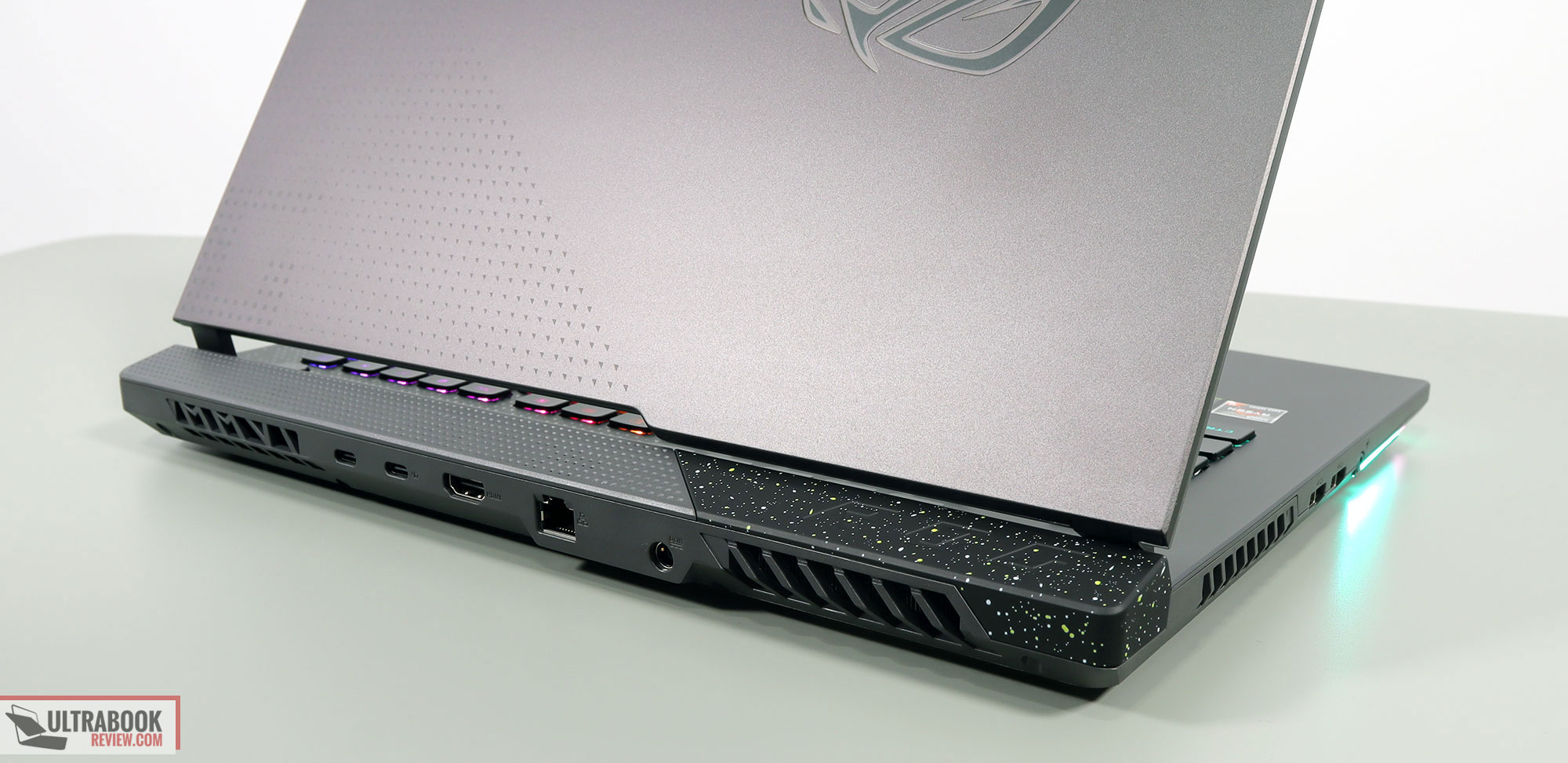
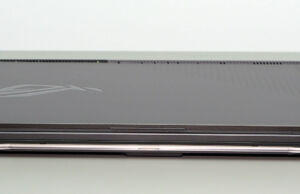
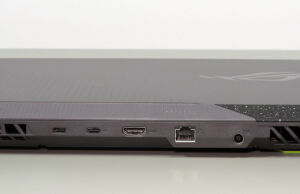
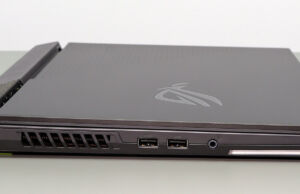
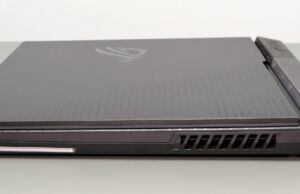
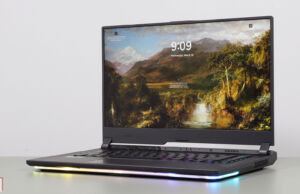
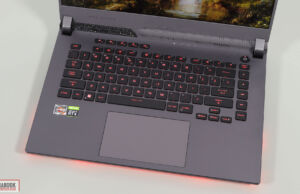
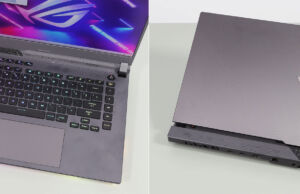
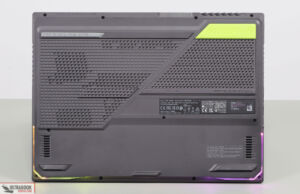
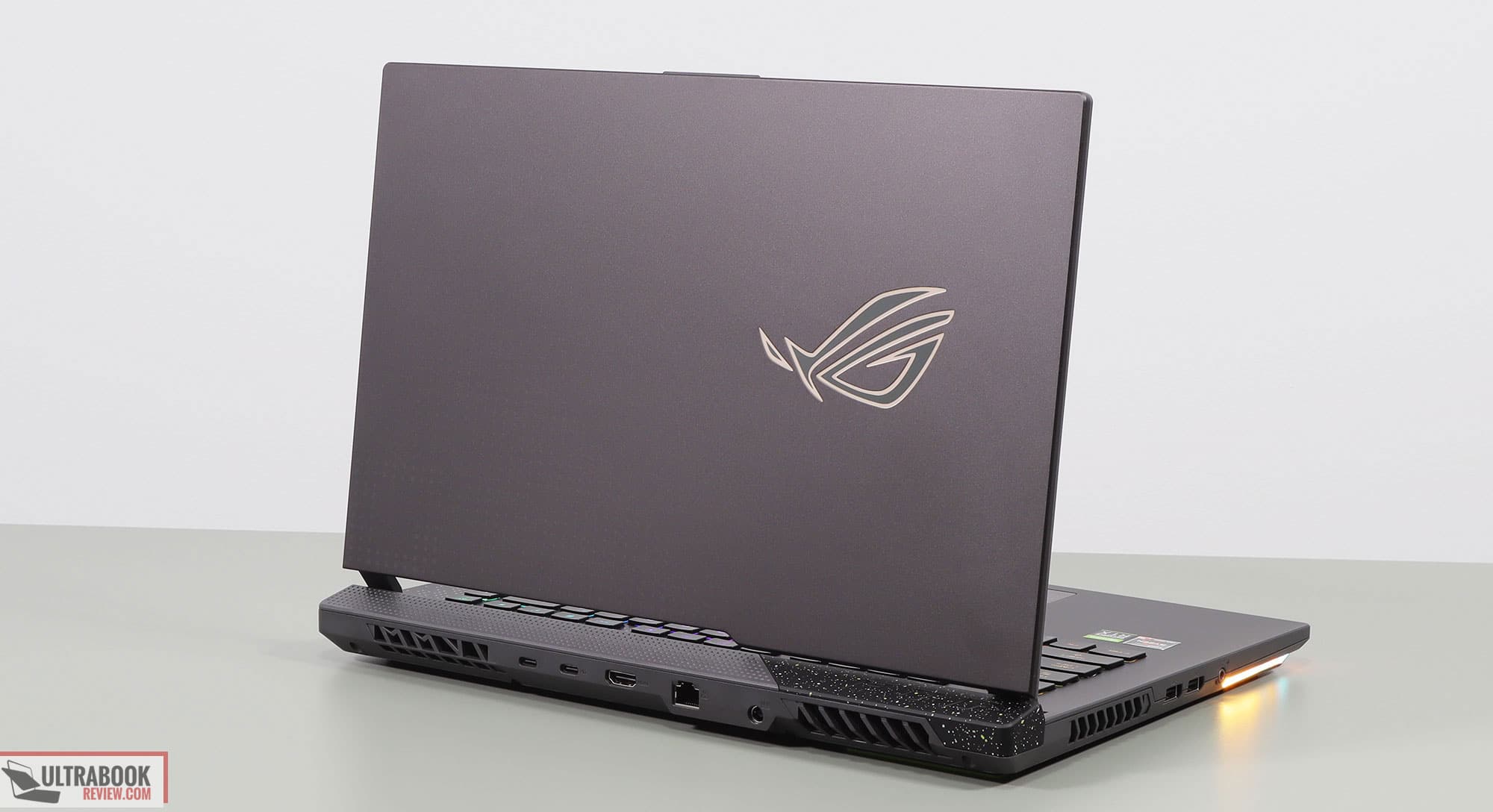

.jpeg)

No comments:
Post a Comment